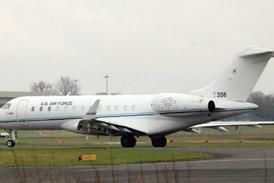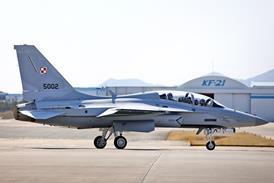There are two basic methods and four different ways of classification, with the critical distinction being between the identicality and non-identicality status of the PMA.
Identicality
- For approval based on identicality, the applicant must show that the PMA design is identical in all respects to the design of the part covered by an approved design. The part number must be different to that of the OEM's part.
- When data is passed on from the type certicate or holder of a technical standard order - a minimum performance standard issued by the FAA for specified materials, parts, processes, and appliances - a licence agreement between the holder and the PMA manufacturer ensures identicality, something widely used by some OEMs. The same OEM part number applies.
Non-identicality
- If only minor changes have been made, approval can be obtained through test computation and comparative analysis. The applicant must demonstrate that the functional design of the part meets the requirements of all applicable airworthiness standards. The part number must be different to that of the OEM's part.
- When a major change is applied for, a supplemental type certificate is obtained, with the PMA becoming the manufacturing permission.
Source: Flight International




















